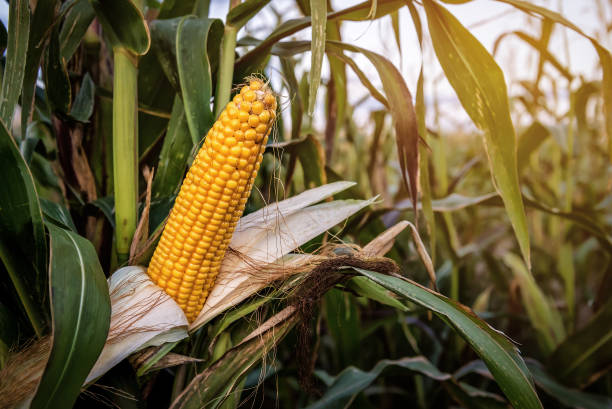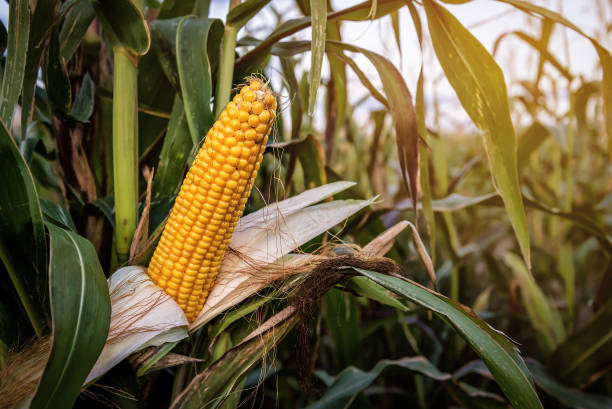mmdeinternational.com- South Africa’s maize harvest surges to 15.8 MT in 2025, marking 23% recovery

Millet Maize DDGS Ethanol Int- The US Department of Agriculture, however, estimates that regional demand for South African maize exports is expected to decline due to improved harvests in Zimbabwe and Zambia.
Africa’s leading maize producer, is set to harvest a robust 15.802 million metric tons of maize for the 2025 season, marking a significant 23% increase from the previous year’s drought-hit output of 12.85 million tons.
This upward revision, released by the Crop Estimates Committee (CEC) on August 27, reflects a 5.13% improvement over the prior month’s forecast of 15.03 million tons, driven primarily by higher-than-expected deliveries from producers.The breakdown shows white maize, mainly used for human consumption, projected at 8.081 million tons, while yellow maize, destined largely for animal feed, is estimated at 7.721 million tons.
This rebound comes after a challenging 2024 season plagued by one of southern Africa’s worst droughts, induced by the El Niño phenomenon, which slashed production by 19.32% and pushed yields to a five-year low.Improved rainfall and weather patterns in the 2024/2025 planting season have fueled the recovery, with major producing provinces like Free State, Mpumalanga, and North West accounting for about 81% of the crop.
South Africa’s annual maize consumption averages around 12 million tons, leaving a substantial surplus of approximately 3.8 million tons available for exports this year. This positions the country to bolster its role in global grain markets, though shifting regional dynamics may influence trade patterns.In a parallel report, the U.S. Department of Agriculture (USDA) forecasts a modest rebound in corn exports for the 2025/26 marketing year following a dip in 2024/25, where exports were revised downward to 1.5 million metric tons due to lower production. However, with stronger yields anticipated, exports could grow slightly, supported by a stable planting area and higher anticipated yields.Regional demand for South African maize is expected to soften as neighboring countries recover from their own droughts. Zimbabwe, which saw maize production plummet to around 800,000 tons in 2023/24, is projecting a bumper harvest of 1.3 million tons in 2025/26, prompting the government to reinstate a ban on maize imports to protect local farmers.
Similarly, Zambia’s output has surged to 3.66 million tons in 2024/25, more than doubling from the previous season’s 1.5 million tons, potentially reducing its reliance on imports.In response, South Africa has pivoted toward Asian markets for yellow maize exports, with Vietnam and South Korea emerging as key profitable destinations.
This shift resumes pre-drought trade flows and helps offset potential declines in African exports.The USDA points out that while overall consumption for major grains in South Africa is expected to grow modestly, the corn sector’s growth in 2025/26 will be driven by these export opportunities and a slight increase in yellow corn planting at the expense of white varieties.
